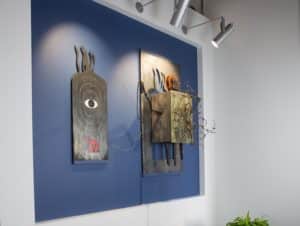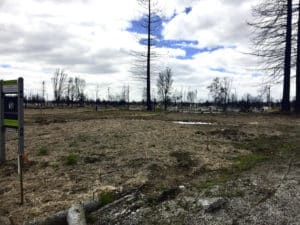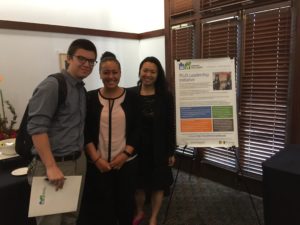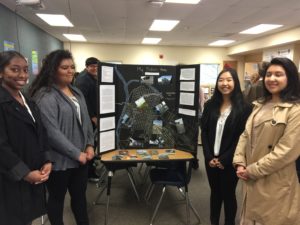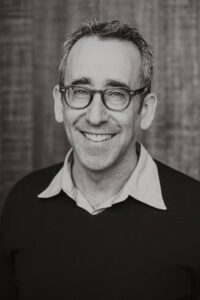Back to School in a New Normal
Leave a CommentOver the next few weeks, students across the Bay Area will be going back to school. Regardless of what grade level we’re in, for many of us it will feel like — or actually be — the first day of school in a new life and a new normal.
Before the pandemic, school was a space where I could be myself. I was motivated by the support and the enriching conversations I shared with my friends and adult allies. At school, I could seek and find the help that was harder for me to access at home, as my parents speak English less fluently than their native tongues.
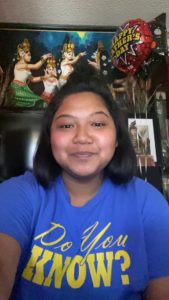
I felt trapped at home and longed for what I remembered as normal life: being able to wake up and eat breakfast and make my way to school. But this August, even with the return to in-person instruction, things will not go back to normal. Returning to school means rebuilding and restoring relationships that have frayed. It means change and uncertainty.
Now that we’re actually heading back, it will mean embracing and creating a new normal — ideally a normal that makes young people central in their own lives and to their own decisions.
I spent this week before in-person instruction resumed in Oakland Unified School District (OUSD) helping out with registration. That gave me a chance to appreciate the learning space I was rejoining. I walked through my school’s hallways and caught up with my closest friends. I looked forward to the classes I’ll take and to re-establishing close relationships with familiar and missed teachers. And I was also anxious and wary.
This year, I will go to a school where more than half of the students will have never before stepped foot on campus. Every first-year and second-year high school student here will have had only a virtual introduction to our school’s culture, if that.
People have been talking about how this situation calls for a “restorative restart.” As a fourth-year student, I fully agree.
We need to make education in this new normal center around young people and their shared experiences. Young people — myself included — don’t want to start this year of extraordinary change by learning about the Pythagorean theorem. We need talk about the realities of continuing to live through an active pandemic. We need to talk about how we secure a viable future for ourselves. We need adults — teachers and the school district — to prioritize our needs when we make decisions about our education.
From my perspective, as a student sitting on the OUSD Board of Education and as a Bay Area Youth Fellow at the Walter & Elise Haas Fund, doing this is paramount.
What I needed over this past string of lockdowns and restrictions, and what I heard my peers say they need, is mental health support. I was lucky to have an adult advocate and counselor at my school whom I could lean on. This person helped me through both practical and emotional challenges. When I needed someone to talk to, she answered my call. Many were not so fortunate.
Young people need connection. We need clear communication about what’s coming and what’s expected of us. So let’s hold restorative circles to build our community back up. Let’s take this moment to sit down and hear from each other. Our lives have been challenging and complex, and issues have grown thorny over time — especially when the school social environment we depend on for our well-being remained out of reach or unable to meet our needs.
Many of us have taken on new jobs and responsibilities over the course of the pandemic, such as babysitting younger cousins and siblings, getting jobs to help pay household bills, or going to pick up free food from school. We have had to take care of our families, and still need to. Our daily lives were upended. How do we talk about these things? How can we bring the needs and challenges of our home lives into everyday teaching and school practice in a way that is healing?
Conscientious school teachers and staff have been patient, understanding that the reopening of schools kicks off a potentially tough transition for many. Thank you for that kindness. Please keep listening to our feedback, answering our questions, and meet us where we are so that we all show up together, no matter how isolated we’ve been.
I’m asking you to make our education matter, because we matter.
Samantha was a 2021 BAY Community Fellow at the Walter & Elise Haas Fund this summer. She is a senior in the Law and Social Justice Pathway at Oakland High School and was recently elected to a second term as Student Director on the OUSD Board of Education. An active leader within her community since the sixth grade, when she was a Restorative Justice (RJ) Circle Keeper and Peer RJ Leader, Samantha has been a delegate to the District’s All City Council (ACC) since 2015, and sat on the ACC Governing Board as media director in 2019-2020.
Samantha is an activist and organizer — most recently with Measure QQ Oakland Youth Vote — and she is committed to creating meaningful student-adult partnerships within OUSD. She brings a change-maker lens and a systems understanding to the issues that frame the educational experience in Oakland.


